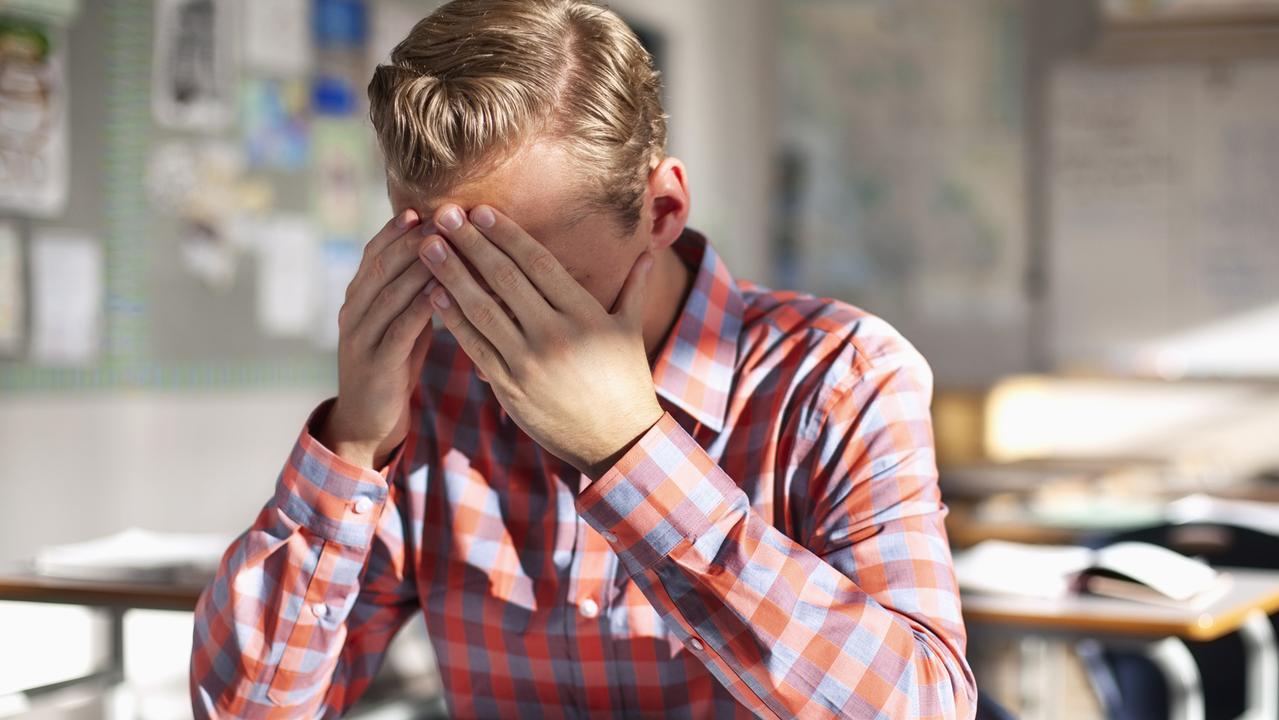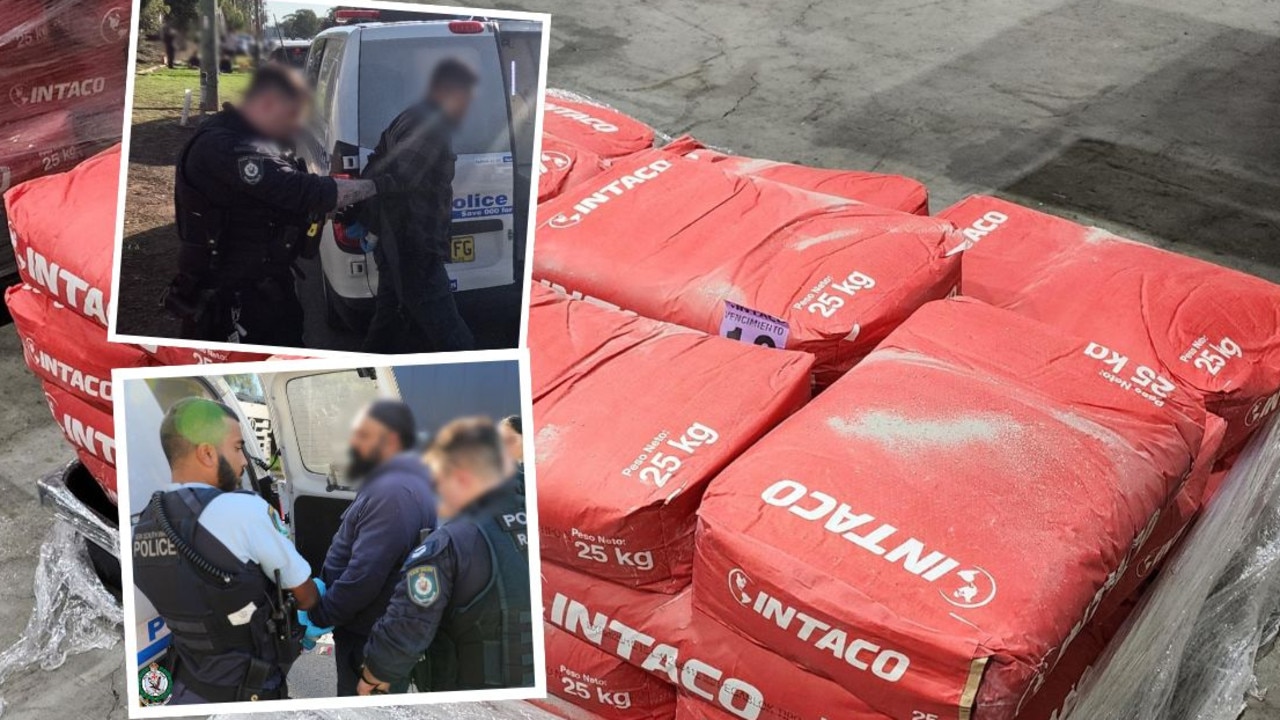McPhillamys gold mine: Questions raised over 1912 newspaper article and burial site
Questions have been raised over a 1912 newspaper article which informed the establishment of an Indigenous burial site within the area of a proposed gold mine.
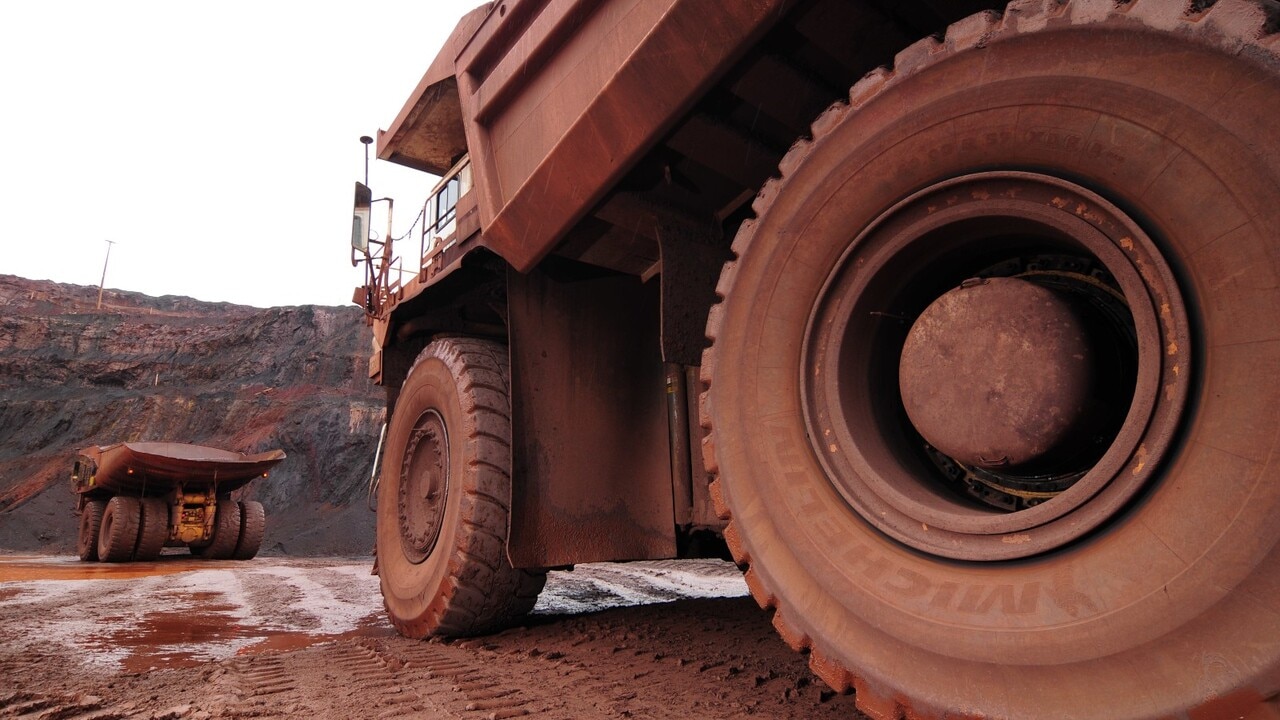
NSW
Don't miss out on the headlines from NSW. Followed categories will be added to My News.
Experts have expressed doubt over the evidence used to establish the presence of an Aboriginal burial site at a proposed gold mine site in central-west NSW, which included a 1912 newspaper article referring to “the thickness” of a skull found in the area.
The decision to register an Aboriginal burial site within the footprint of the McPhillamys gold mine site, near Blayney was based off an article in a 1912 edition of The Dubbo Liberal and Macquarie Advocate, which stated human remains were found at the site and were judged to be Indigenous “by the thickness of the skull”.
The presence of a burial site was among the evidence tendered as part of an application for a section 10 ban for the mine site – which Environment Minister Tanya Plibersek granted last month for a portion of the area, in a move set to torpedo the $1 billion McPhillamys project.
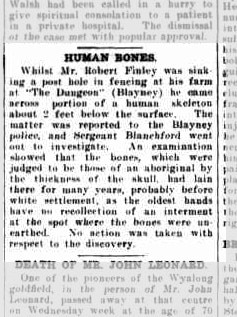
While Ms Plibersek’s statement on the burial site found it constituted a “significant Aboriginal area”, it’s not included within the section 10 ban area, due to it being “outside of the direct disturbance footprint by approximately 600 metres”.
It came as experts warned over the validity of a decision being made over information from 1912, with Emma Kowal, a professor of anthropology at Deakin University, saying it was hard to trust scientific analysis from that time.
“I wouldn’t be taking that finding in 1912 at face value. Even if you could look back and say there was a scientific basis, I don’t think it would hold up to any scrutiny – which is not to say it was not an Aboriginal person, but I wouldn’t trust that scientific finding from 1912 at face value,” she said.
Dr Colin Pardoe, an expert in bio-anthropology and archaeology, said the case could be made the skull was Indigenous based off the article.
“(Skull shape) is one of the characteristics that make Aboriginal people look the way they do, versus European people looking the way we do,” he said.
“People often think we have a generic, moulded type of skull … it’s very much the reverse case. The underlying bone structure very much (decides) what we look like.”
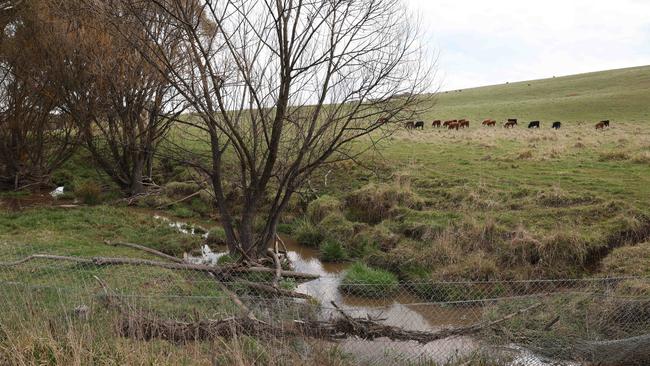
Coalition environment spokesman Jonno Duniam said basing a burial ground off a 112-year-old newspaper article raised further questions over the evidence behind the eventual section 10 being issued.
“We have to have confidence that section 10 declarations are made on genuine Indigenous cultural heritage grounds,” he said.
Roy Ah-See, speaking on behalf of the Orange Local Aboriginal Land Council (OLALC), wrote in a letter to Ms Plibersek last week that the initial section 10 application contained claims of “possible burial sites aligned with the frontier wars”.
Mr Ah-See said the land council scanned “for possible burial sites”, as well as any evidence the site was an Initiation area, but “no archaeological or other tangible evidence could be found supporting this claim”.
He accused Ms Plibersek and her advisers of refusing “to accept OLALC authority to promote and protect Aboriginal Culture and Heritage under … the Aboriginal Land Rights Act”.
On Tuesday a last-ditch attempt to have the section 10 ban thrown out was voted down in the Senate, by 31 to 29 votes.
“This is a clear message from the Labor Party, Greens and a number of Independent Senators that they don’t care about our regional communities,” Mr Duniam said.
“Tanya Plibersek’s decision ripped the heart out of the Blayney community. This was a chance at redemption for Labor Senators and the Crossbench to right the wrong that the Environment Minister inflicted upon them. When the community needed them most, they wilted.”




